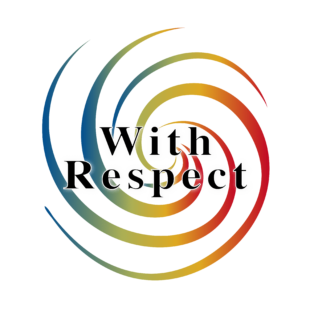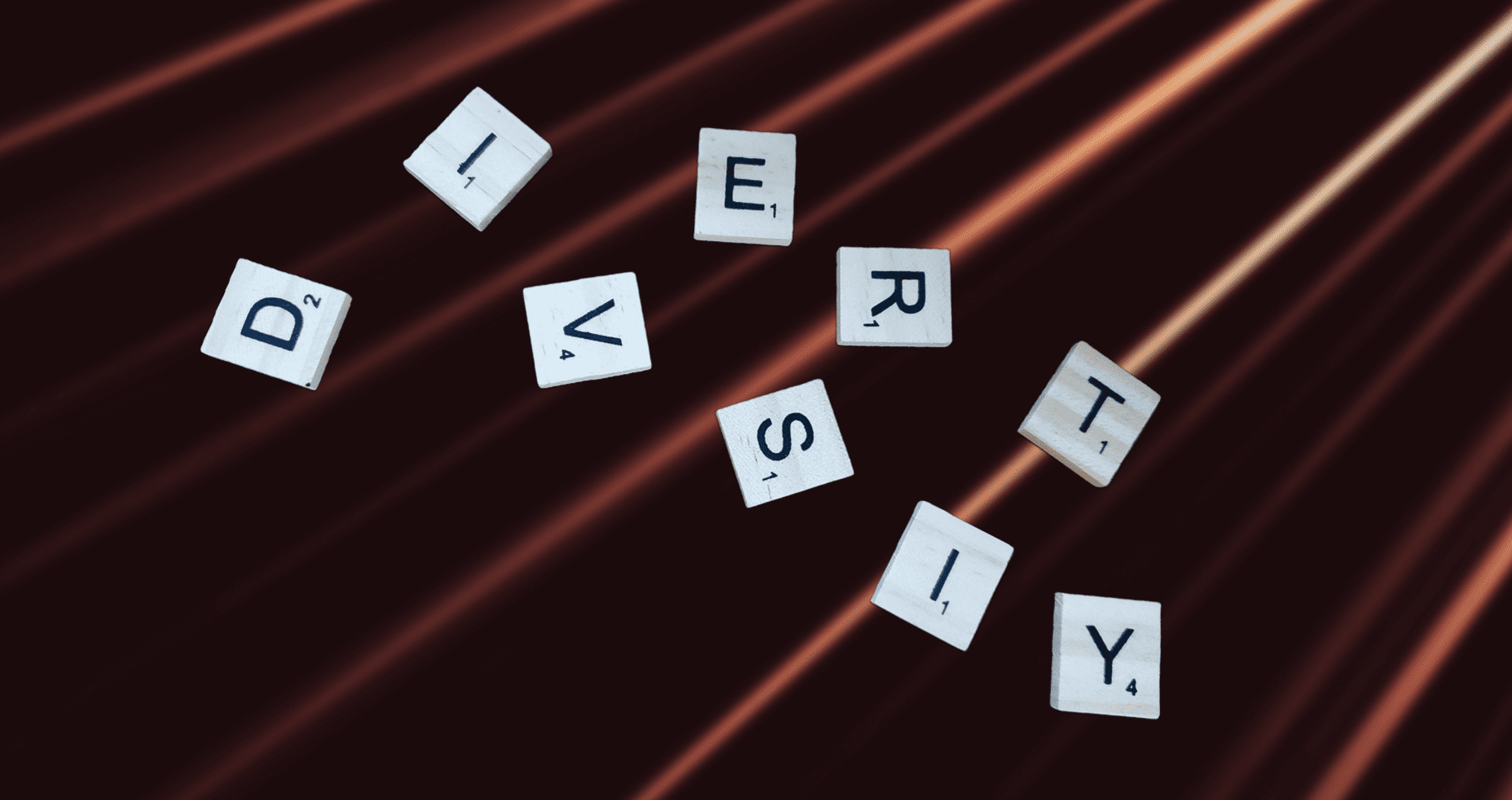
It’s always better to have diversity training than to do nothing, right?
Wrong.
In the 25+ years that I have been doing this important work, I have gone into far too many organizations that have had previous diversity, equity, & inclusion (DEI) trainings to discover that the trainings did far more damage than good.
- Employees are hostile toward the idea of anything with the word “diversity” or “social justice.”
- They brace for the shame and blame.
- They enter trainings as prisoners – sullen, disengaged, unwilling.
- The most dangerous results I’ve seen include threatening, and violent “anonymous” behavior.
It is a situation that is worse than organizations that have had no training at all. We have to “unlearn” them before we can progress them forward into learning.
How does this happen?
In my experience it is related to trainers who don’t understand and, consequently, don’t design trainings with the learning process in mind. Let me show you.
This is the learning process:

Notice it begins with awareness and progresses to discord (the struggle we have to integrate new information into what we already know), followed by awkward practice (practicing to figure it out) before we ever get to integration (integrating it into something I now know and can access and use).
It is important to note the progression of competence, written in red on the infographic, from unconscious incompetence (I have no idea what I don’t know how to do) to conscious incompetence (now I realize what it is I don’t know how to do) to conscious competence (I can think and apply what I have learned and feel I know what I’m doing).
DEI training that offers only awareness, most of what has been done the last several decades, is important to move people into understanding what it is we are talking about. It is also the opportunity to outline why it is important to understand the various histories, concepts, and perspectives involved.
But that’s only the beginning of the learning process.
When we offer trainings that move through awareness to discord and stop there, this is a dangerous place in which to leave people. We have given them an awareness that there is information that may conflict with what they already think or believe. It may be information to which they strongly react, feeling guilt, shame, anger, and even rage.
The result can be an organizational community that is now hyper-sensitive, walking on eggshells, afraid to say or do with one another for fear of getting into trouble, being seen as incompetent or even feeling like their job may be at risk.
The training literally stops conversation. This is the exact opposite of what we strive for in the work we do at With Respect.
And that’s the least dangerous of the potential outcomes.
It can also increase the very behaviors we are trying to curb.
In some environments, previous DEI training has led to anonymous pictures with racial violence highlighted, disparaging notes appearing in the workspace of those from target populations, as well as threats and actual acts of violence. This is the actual and real danger of not thinking through the entire learning process. It’s about the art of knowing how to gauge where an audience is, where you want them to go, and when they have arrived in that place.
Don’t misunderstand. In the solution and change work of DEI trainings, people will feel discomfort. It is a natural and necessary component of informing and motivating individual and systemic change. But first, trainers have to create a psychologically safe learning environment. Then, trainings also have to offer tools for how to move through that discomfort to the other side, the other side that strives for equitable and respectful behavior, practice, and policy in the workplace.
Ultimately, we have to design trainings, not just for what happens in the training environment. We have to design for what comes afterward. Join us for the next blog where we talk about “stick!”
How do you design your DEI trainings? What tools do you use to gauge and guide your participants to being able to embrace and apply your content and tools?
I’d love to hear your thoughts and ideas.
If you’re looking for more tools, check out Mindset Scaffolding: The Art of Changing Their Minds which outlines our Mindset Scaffolding Blueprint™, the tool we use to design and deliver trainings that follow the learning process and increase stick.
Or you might just want to dive in and become a Certified Badass Trainer through our Badass Trainer Bootcamp, designed to create a common, high quality standard for social justice training professionals.
It is through intentional design and delivery that we can eliminate dangerous environments and create learning experiences that truly stick – creating the change in individuals and their organizations that we need to ensure equity and respect for all.
Leave your thoughts in the comments – let’s see how many ideas and resources we can come up with together!
With Respect,
Leah Kyaio, Founder/CEO
With Respect, LLC
https://with-respect.com
Are you ready to unleash your inner badass trainer? Ask me about BADASS TRAINER BOOTCAMP!



Comments are closed